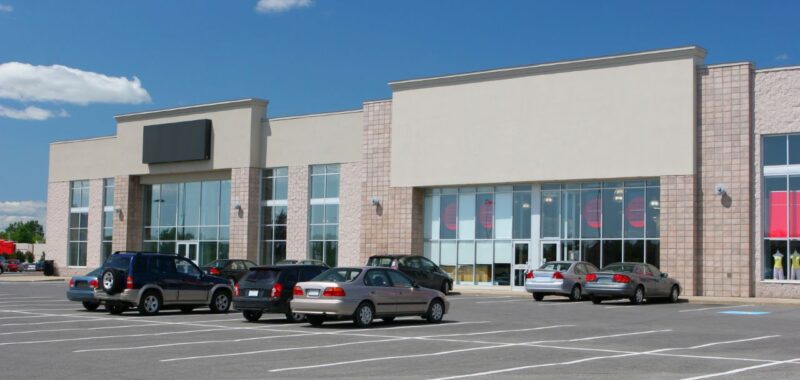Record-high immigration levels have revitalised retail assets and boosted sentiment nationwide, but there are still headwinds for the sector.
According to the latest Herron Todd White (HTW) Month in Review, retail assets are seeing renewed demand, but with the economy slowing down, the population increase might not be enough to sustain the recovery.
Headline insights:
- The market in Sydney remains subdued, with weaker demand and limited new construction.
- Across Melbourne, there is an appetite for new developments and refurbishment projects within the sector.
- Brisbane’s retail sector is experiencing growth in both new construction and refurbishment projects.
- The Adelaide retail market has shown signs that yield softening has already been priced, with some yields broadly stabilising across the sector.
- Perth is seeing the creation of village centres as opposed to traditional shopping centres, where locals can shop, dine, be entertained and socialise all in one place.
- In Darwin, difficult trading conditions mean that some operators are under stress and there is limited opportunity for rental growth.

Deeper insights:
HTW, Commercial Director, Alistair Weir said given the rapidly growing population, more retail space is needed to keep up with demand.
“We should be building circa 585,000 square metres of new retail accommodation, or the equivalent of three to four major regional shopping centres, per year,” Mr Weir said.
“Yet, our current build is trending towards record lows (circa 20 per cent of the long-term average) and therefore a long way short of that target figure.
“We are therefore potentially on the way to a significant shortfall in retail accommodation in Australia.”
He said that development in the growing outer areas is far more easily accomplished and this is reflected in ongoing development of new neighbourhood centres.
“The downstream impact of this undersupply is that there is now a developing potentially long-lasting undersupply of retail accommodation,” he said.
“Whilst not necessarily immediately apparent, this will be to the benefit of existing owners with the increased levels of trade feeding leasing demand, rentals and ultimately capital values.”

